![图片[1]-How Agricultural Drones Are Helping Farmers Combat Climate Change-msoen](https://www.msoen.com/wp-content/uploads/2025/04/1a54c78d8d214952-576x1024.jpg)
![图片[2]-How Agricultural Drones Are Helping Farmers Combat Climate Change-msoen](https://www.msoen.com/wp-content/uploads/2025/04/54487bc6d4215007-768x1024.jpg)
![图片[3]-How Agricultural Drones Are Helping Farmers Combat Climate Change-msoen](https://www.msoen.com/wp-content/uploads/2025/04/4dd27bd528215007-768x1024.jpg)
![图片[4]-How Agricultural Drones Are Helping Farmers Combat Climate Change-msoen](https://www.msoen.com/wp-content/uploads/2025/04/4e0da2d332214638-768x1024.jpg)
As global temperatures rise and weather patterns become increasingly erratic, farmers worldwide face unprecedented challenges—droughts, floods, and shifting pest dynamics. In this battle for resilience, agricultural drones have emerged as a critical tool, empowering growers to adapt to climate threats while promoting sustainable practices. This article explores how drone technology is revolutionizing climate-smart farming.
- Precision Water Management in Drought-Prone Regions
Water scarcity affects over 40% of global farmland. Drones equipped with thermal sensors and multispectral cameras provide actionable solutions:
- Soil Moisture Mapping: Identify dry zones at a resolution of 5cm/pixel, enabling targeted irrigation.
- Leak Detection: Locate broken pipes or inefficient irrigation systems with 90% accuracy.
- Evapotranspiration Analysis: Calculate water loss rates to optimize scheduling.
In California’s Central Valley, farmers using drone-guided irrigation reduced water use by 35% while maintaining crop yields during recent droughts.
- Early Warning Systems for Extreme Weather
Drones serve as frontline sentinels against climate disasters:
- Flood Risk Assessment: LiDAR-equipped drones map terrain elevation to predict water flow paths.
- Storm Damage Surveys: Post-event aerial scans quantify crop losses 10x faster than ground teams.
- Microclimate Monitoring: Track hyperlocal temperature/humidity shifts affecting disease outbreaks.
A 2023 FAO report highlighted drone-powered early alerts helping Southeast Asian rice farmers avoid $200M+ in annual flood-related losses.
- Carbon Farming and Emission Reduction
Agriculture contributes 19% of global GHG emissions. Drones aid decarbonization through:
- Cover Crop Optimization: Analyze biomass growth to maximize carbon sequestration.
- Methane Detection: Specialized gas sensors pinpoint rice paddies or livestock areas emitting excess methane.
- No-Till Verification: Document conservation practices for carbon credit certification.
Pilot projects in Brazil show drone-monitored farms achieving 22% faster carbon credit approvals.
- Resilient Pest and Disease Control
Warmer climates accelerate pest reproduction. Drones combat this via:
- AI-Powered Scouting: Detect aphids/leafhoppers at 1mm resolution before infestations spread.
- Biocontrol Deployment: Precisely release beneficial insects (e.g., ladybugs) over affected zones.
- Variable-Rate Spraying: Apply 50% fewer chemicals by targeting only high-risk areas.
European vineyards using this approach cut fungicide use by 60% despite rising mildew threats.
- Data-Driven Crop Adaptation
Drones help farmers transition to climate-resilient crops:
- Variety Testing: Monitor experimental drought-tolerant corn or heat-resistant wheat strains.
- Pollination Tracking: Assess how rising temperatures impact bee activity in orchards.
- Yield Modeling: Predict how crops will perform under 2030 climate scenarios.
- Challenges and Future Innovations
While promising, scaling drone solutions requires:
- Affordable Satellite Integration: Merging drone data with satellite imagery for macro-scale insights.
- AI Training with Local Data: Building region-specific algorithms for African/Asian cropping systems.
- Policy Support: Governments subsidizing drone tech for smallholder farmers.
Emerging advances like hydrogen fuel cell drones (4-hour flight times) and blockchain-verified sustainability data hint at a transformative future.
Conclusion: Cultivating Climate Resilience from the Sky
Agricultural drones are no longer just productivity tools—they’re vital allies in securing food systems against climate chaos. By adopting this technology, farmers gain the precision, speed, and foresight needed to thrive in an uncertain future.
The question isn’t whether to invest in drones, but how quickly it can be done. Start small: rent a drone for one season’s water audits or pest scans. The data may surprise you—and the planet will thank you.



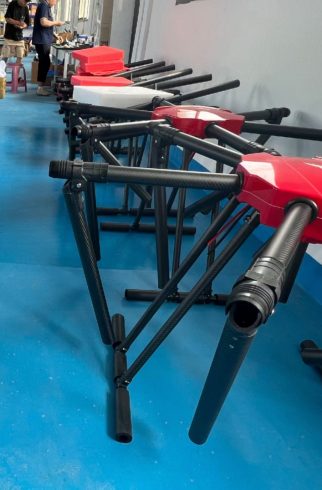
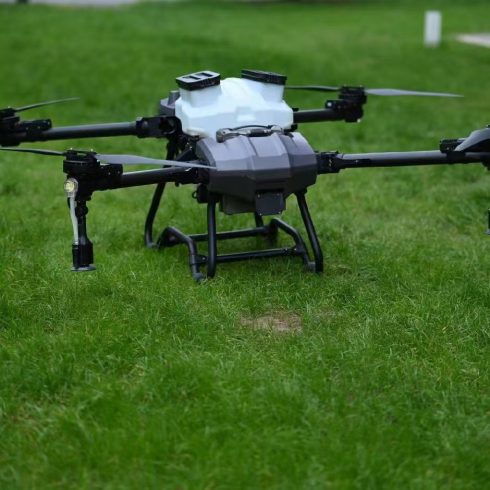

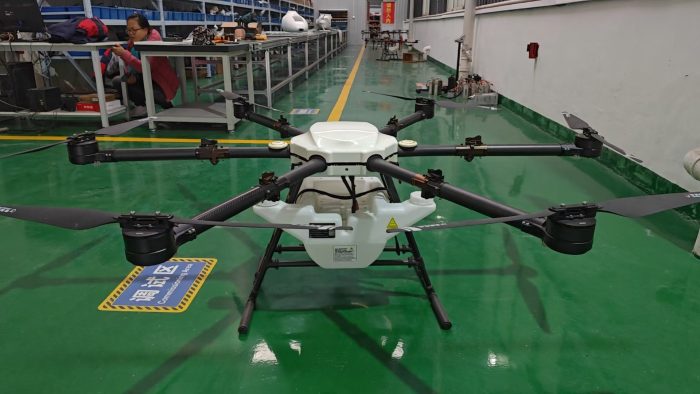
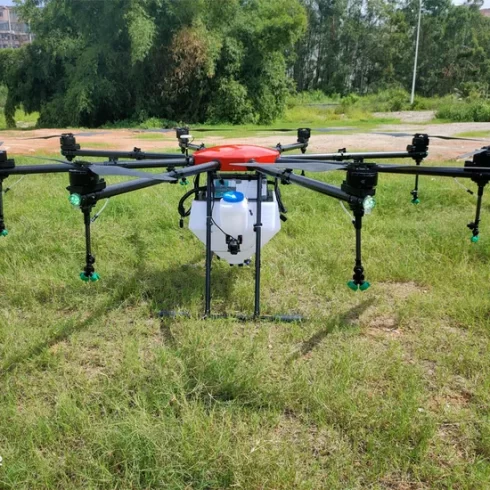
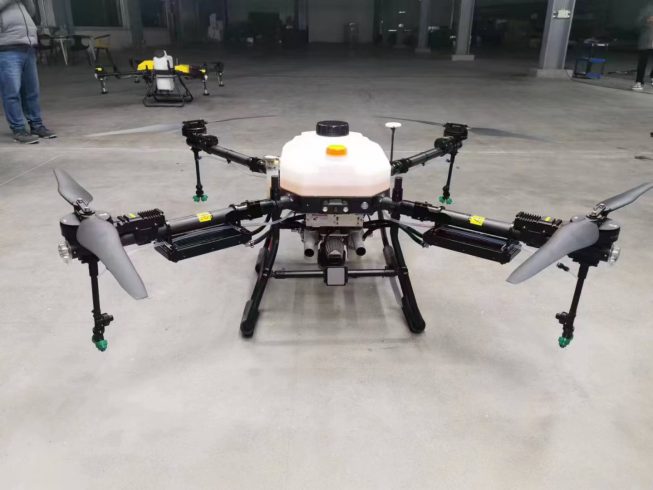
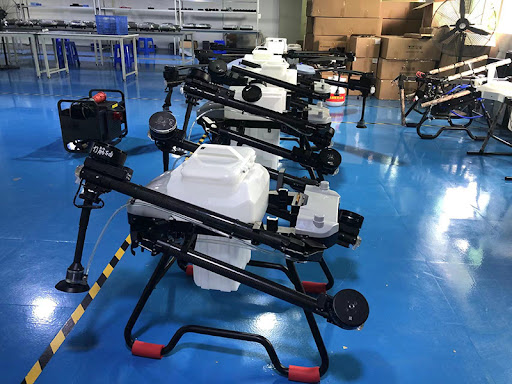

暂无评论内容